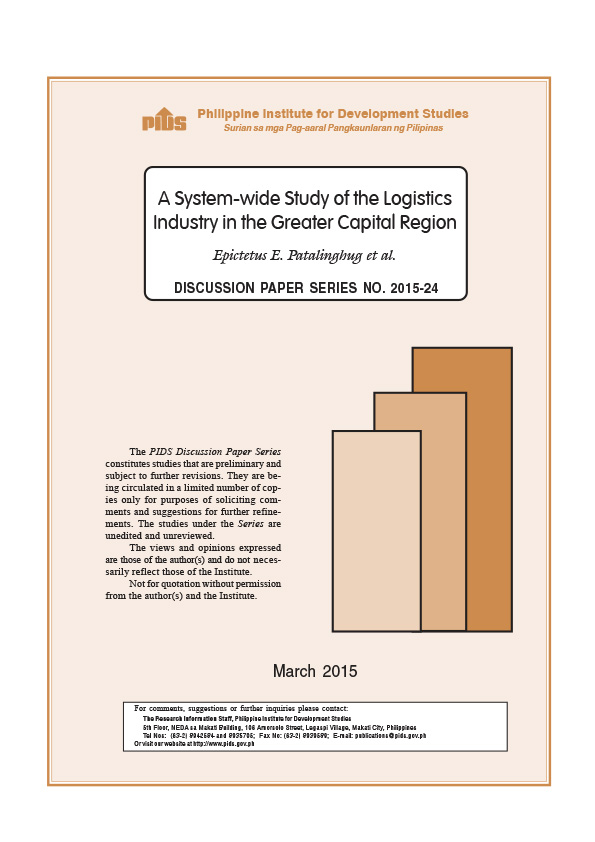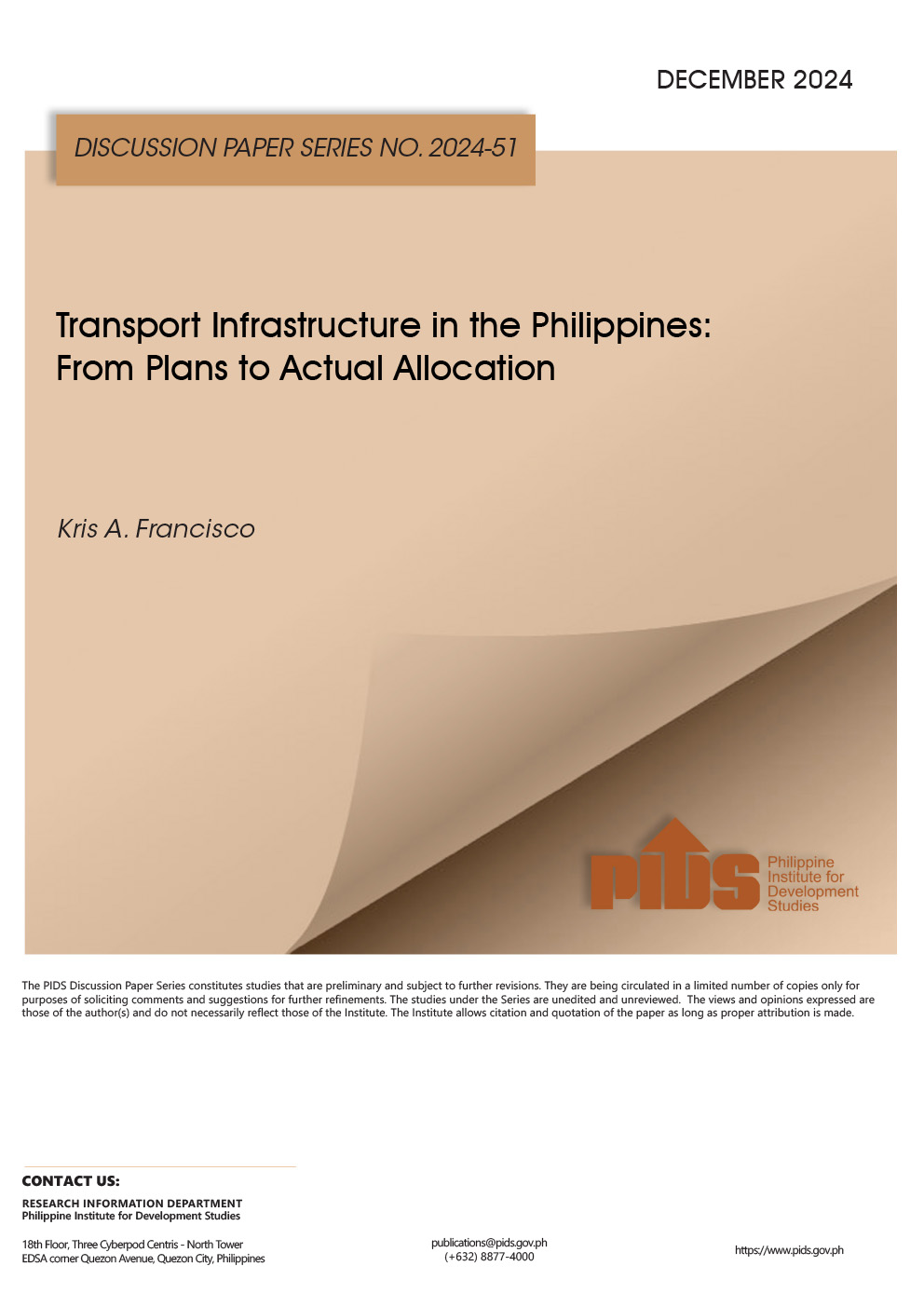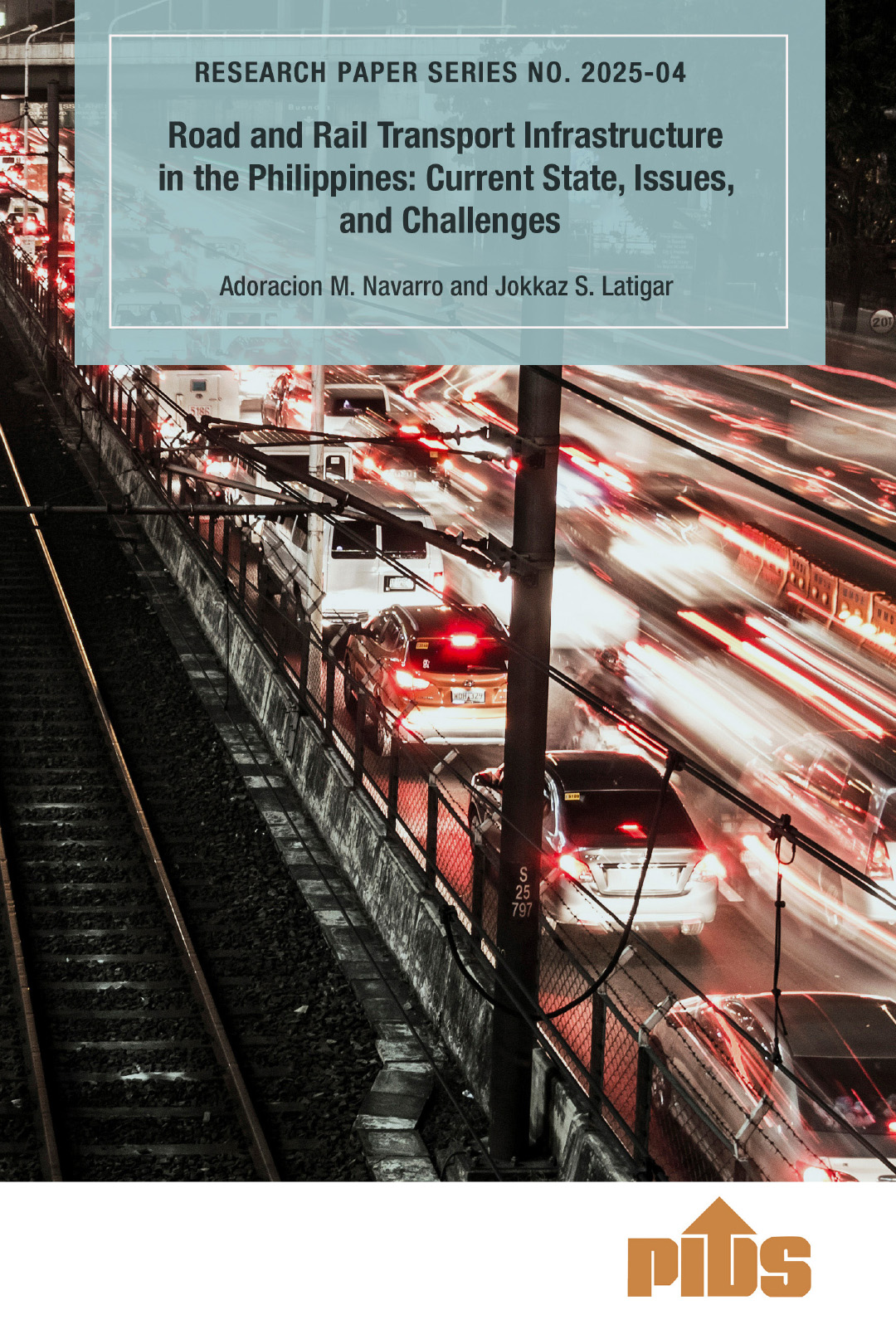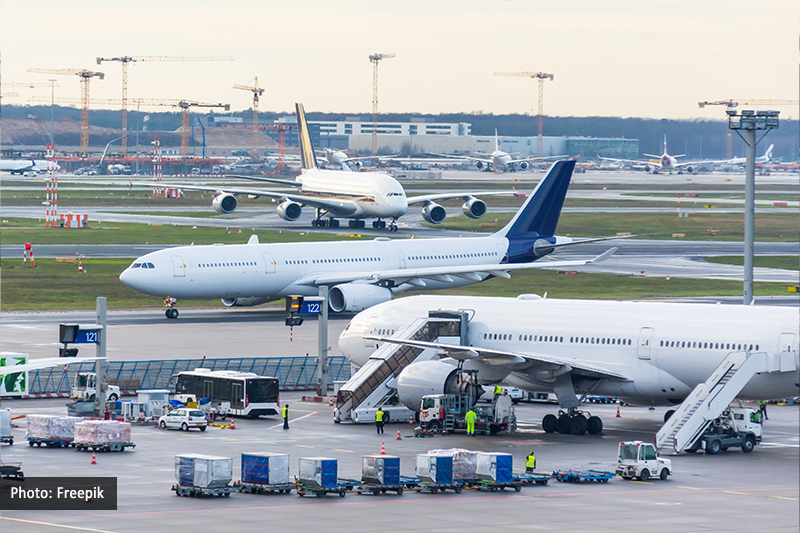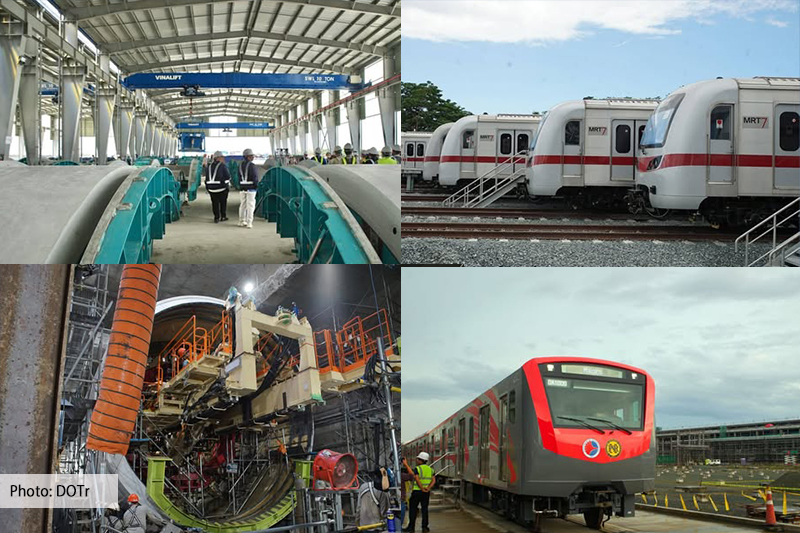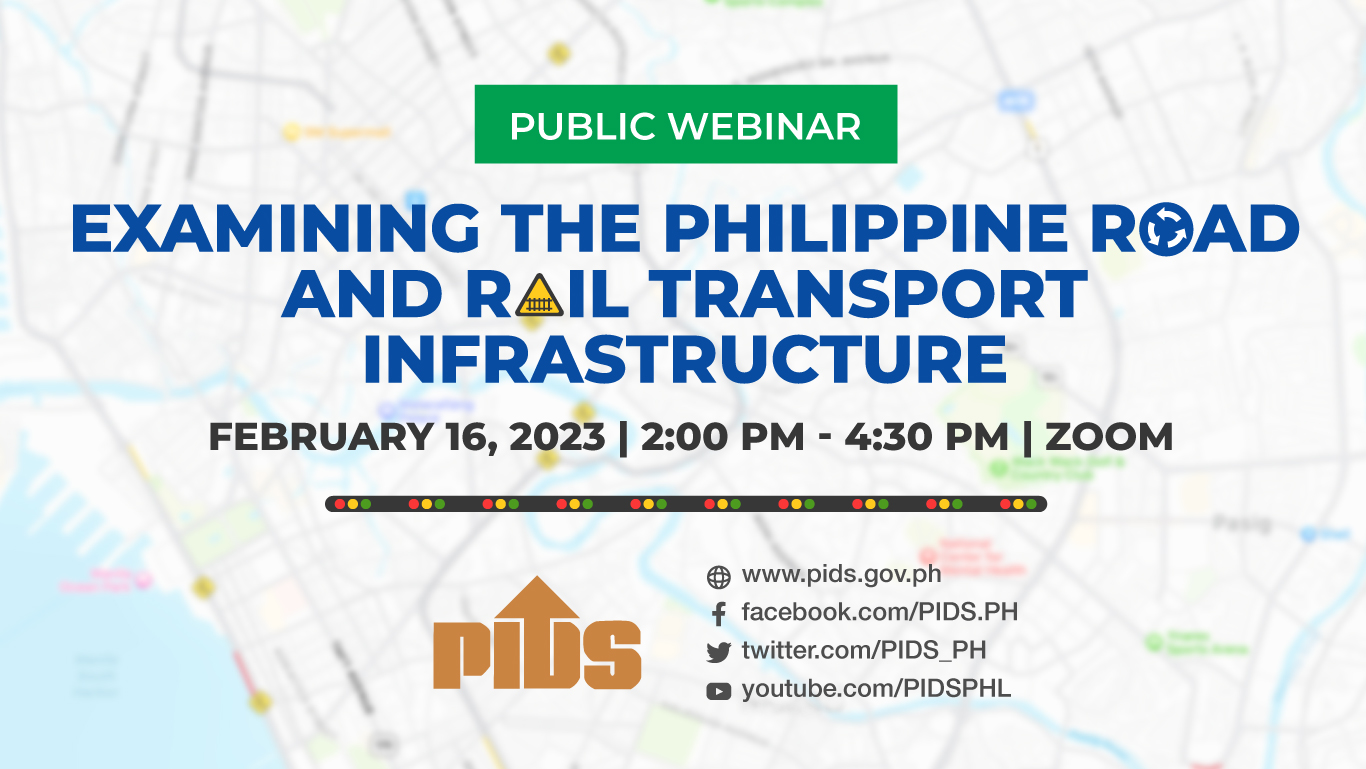The Port of Manila, the largest seaport in the country, has been recognized as the most widely used port in the Greater Capital Region with utilization rate of 71.6 percent compared to only 2.3 percent and 6.1 percent utilization of Batangas and Subic Ports, respectively (NEDA 2012). The ports of Batangas and Subic were developed in order to accommodate excess traffic in the port of Manila and promote growth and development in CALABARZON and Central Luzon. However, port users still opt to operate in the Manila Port. This leads to the congestion of the Manila Port and the underutilization of the other two ports in the Greater Capital Region. The situation was intensified during the implementation of the recently lifted Manila truck ban. The study recognizes that issues and problems still persist in the logistics sector even after the regulation was put off. To address these, the study employs a system-wide approach to analyze the whole logistics industry in the Greater Capital Region.
The first part of the study reports the findings of the focus group discussions and key informant interviews with shippers, freight forwarders, logistics service providers, and truckers regarding their port usage. The latter part discusses the rail option model that looks into the revival of the rail system in transporting goods to and from the ports. The study also gives a crude approximation of the economic cost of the seven-month truck ban. In addition, it provides a review of existing policies in the Philippine logistics sector, discussions among concerned agencies, other study recommendations, as well as lessons from other countries. Ultimately, the study provides an extensive list of short, medium, and long-term measures to decongest the Manila Port and to address the underutilization of Batangas and Subic Ports. The list is complemented with a dynamic timeline of the proposed measures and actions with their corresponding implementing agencies.
Citations
This publication has been cited 2 times
- Arcalas, Jasper Emmanuel, and VG Cabuag. 2018. Relief of stuffy PHL port seen requiring strong-willed leader. BusinessMirror.
- Cai Ordinario . 2020. Customs insists truck ban on Edsa won’t lead to port congestion. Business Mirror.

